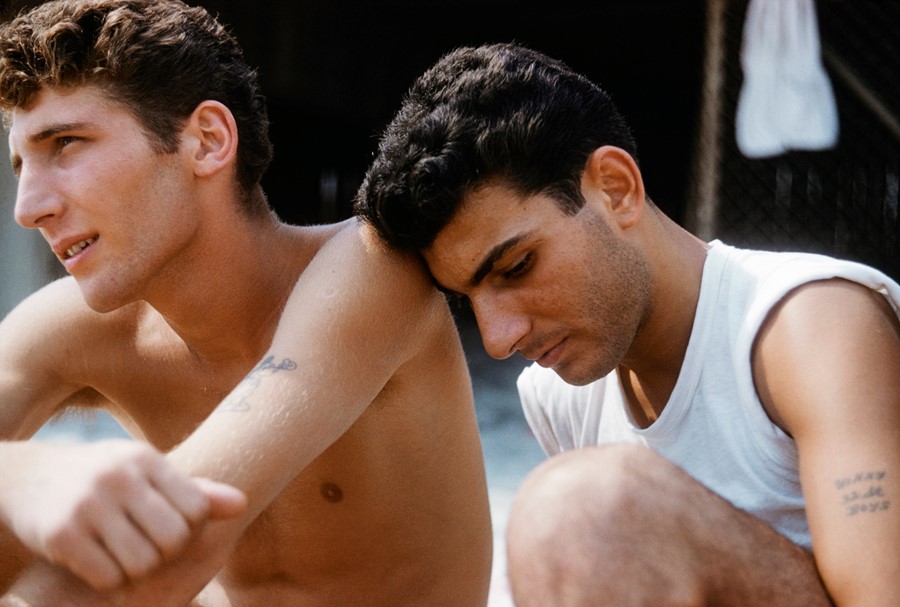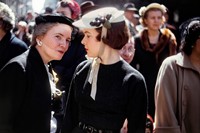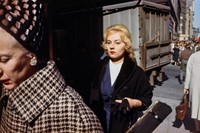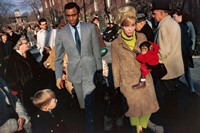A new monograph of Garry Winogrand’s rarely-seen colour photography captures the streets of his native New York, the beaches of Coney Island, and the vast unfolding landscape of postwar America during the 1950s and 60s
Six weeks after being diagnosed with gallbladder cancer, Garry Winogrand died at the age of 56, in 1984, leaving a wealth of treasures awaiting discovery amid an archive of some 300,000 images. Possessed with a voracious appetite for chronicling scenes of daily life as it unfolds on the public stage, Winogrand prowled the streets of his native New York, the beaches of Coney Island, and the vast unfolding landscape of postwar America during the 1950s and 60s with two cameras to his chest – one loaded with colour film, the other with black and white.
While working as a freelance photographer across advertising and publishing, Winogrand seized the opportunity to do what he loved most: see what something looked like as a photograph. During that time he made some 45,000 colour slides, crafting a Kodachrome tapestry of American life. But the journey from film to proof was a slow and arduous affair, one that he refused to rush, resulting in the discovery of nearly 2,500 undeveloped rolls of film alongside 6,500 rolls that had remained unseen at the time of his death in 1984.
Four decades later, Winogrand’s groundbreaking approach to street photography continues to reveal itself through the work of those who steward it into the public eye. With the publication of Garry Winogrand: Winogrand Colour (Twin Palms), the first monograph devoted to his rarely seen colour photography, film director, Michael Almereyda and former Museum of Modern Art curator, Susan Kismaric, bring together 150 images from the archives at the Center for Creative Photography in Tucson, Arizona. Arranged chronologically and unfolding like a box of postcards from an old friend, the publication offers a snapshot of everyday life that takes on the patina of history and the passage of time.
“There was this intensity [with Garry],” says Kismaric, who describes Winogrand’s indomitable Bronx moxie wherever he might be found: during a MoMA meeting, over dinner at a Chinese restaurant, or during a serendipitous encounter on the subway with his children. As a first-generation Jewish-American coming of age in a working-class community during the Great Depression and World War II, Winogrand did what many locals do: he took advantage of the city’s dictum: fortune favours the bold. After serving in the Air Force, he enrolled in Columbia on the G.I. Bill in 1948, where he discovered photography while taking an art class.
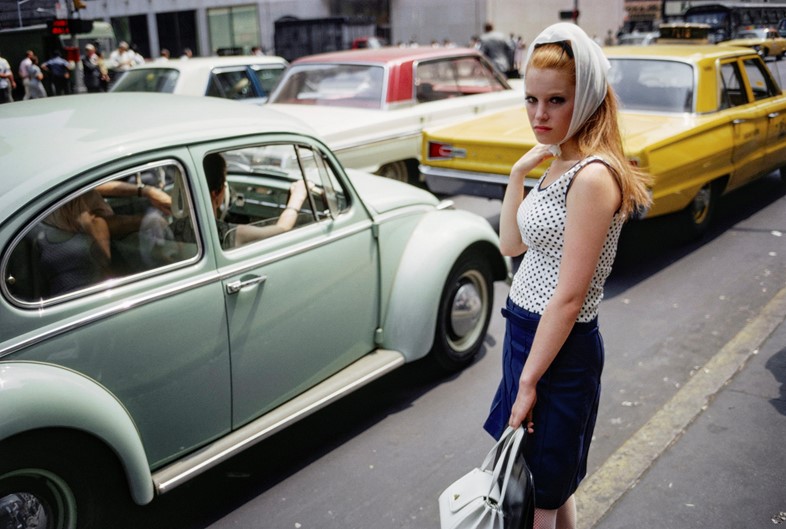
From that moment forth, Winogrand was hooked, going on to study photojournalism with Alexey Brodovitch at The New School for Social Research in 1951. His then-wife Adrienne kept a diary that Kismaric later read, which details the aspiring photographer’s overzealous gaffe, bringing a portfolio of 200 prints to class without a second thought. “There was something very existentially flatfooted about him,” she says. “He felt a responsibility towards being alive and appreciating life. That’s really what it came down to and he loved it.”
Winogrand Color charts a radical shift in the American psyche as the widening abyss lurking beneath the glittering surface of mythos began to emerge, most harrowingly in the 1961 Cuban Missile Crisis, which brought the world to the brink of nuclear war. “I remember this myself. I was in high school in West Virginia, and we listened to the radio all day; it was terrifying,” Kismaric says. “Garry and his friend walked the streets of Manhattan all night terrified because they really did believe that the Russians were going to bomb the United States. And they felt powerless.”
Awakened to the catastrophic reality of global geopolitics, Winogrand refused to be complicit and stopped paying income tax for the remainder of his life. As the 60s began to take shape, his work reflected the tensions and conflicts that lay at the root of the nation’s collective psyche. In 1963, the 35-year-old photographer applied for a Guggenheim Fellowship, submitting one of his few written works that offer a window into his state of mind as he wrestled with the inherent paradoxes of American life. “I look at the pictures I have done up to now, and they make me feel that who we are and what we feel and what is to become of us just doesn’t matter,” Winogrand wrote. “Our aspirations and successes have been cheap and petty. I read the newspapers, the columnists, some books. I look at the magazines. They all deal in illusions and fantasies. I can only conclude that we have lost ourselves and the bomb may finish the job permanently, and it just doesn’t matter, we have not loved life.”
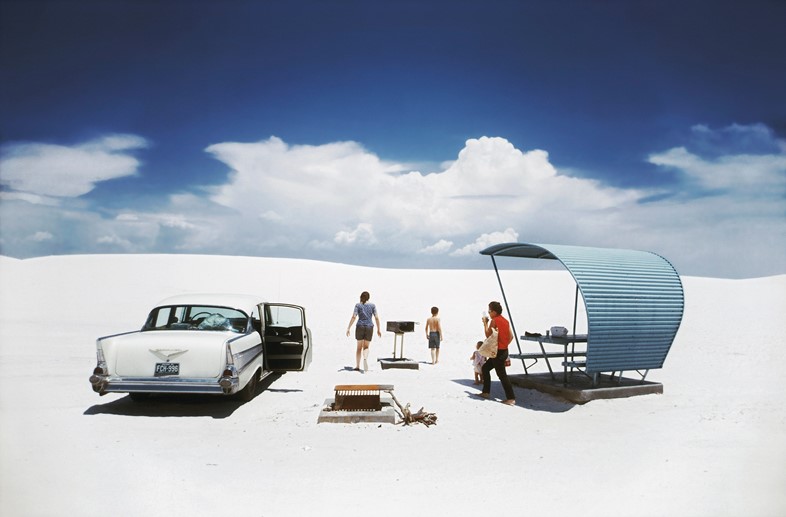
It was a damning indictment made all the more poignant by a season of loss in Winogrand’s life that begins to reveal itself in the deeper anxieties, queasy audacities and discomfiting ambiguities that infuse his work during the 60s. But, as Almereyda notes in the book’s essay, colour’s slow film speed required the photographer to find stillness at the centre of the storm, diffusing the raw, unfiltered grit of his black and white work with a more convivial sense of warmth.
“When I first became aware of his work, it seemed novelistic like Mark Twain, or Philip Roth, someone who was truly engaged with people and was amused by them; that spirit runs through his whole life even as the view darkened,” says Almereyda. “Wherever he was, he was taking it in. You have to shudder to think of how many iPhones he would’ve gone through because he had the appetite to take pictures and he wasn’t precious [about it]. There are a lot of pictures that you wouldn’t guess Gary Winogrand took. He was ready to fail. And he was excited. He would just try it.”
Garry Winogrand: Winogrand Colour is published by Twin Palms, and is out now.
